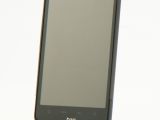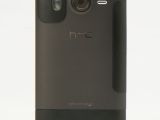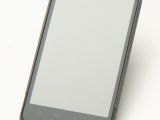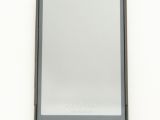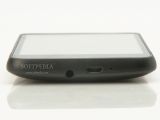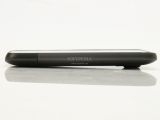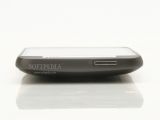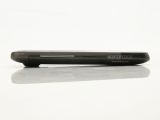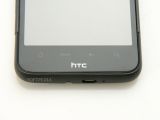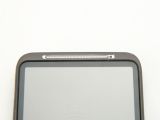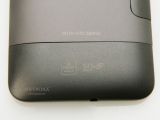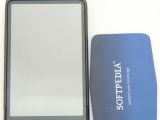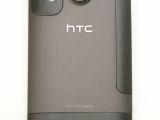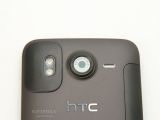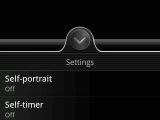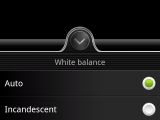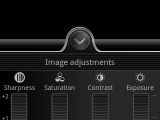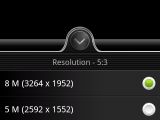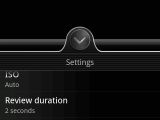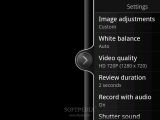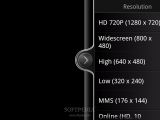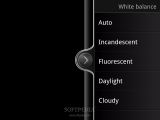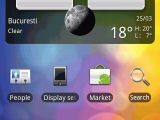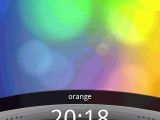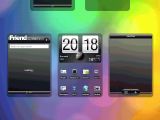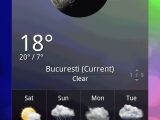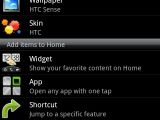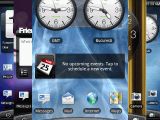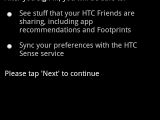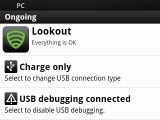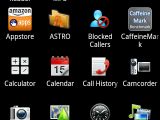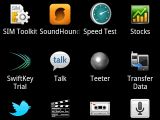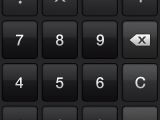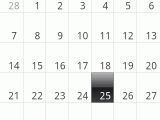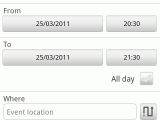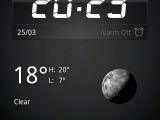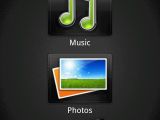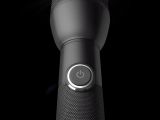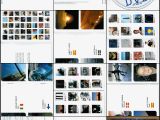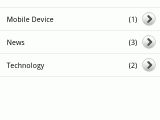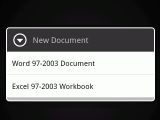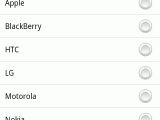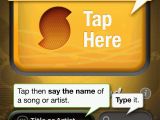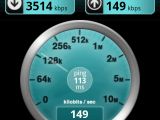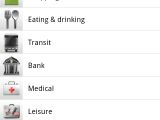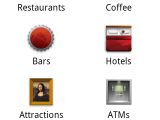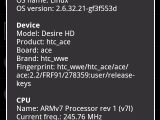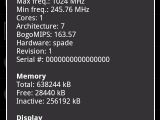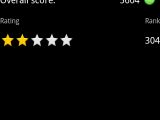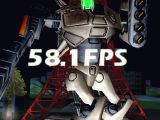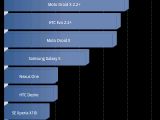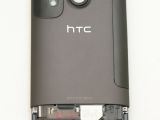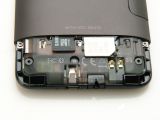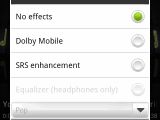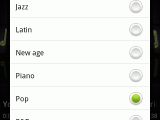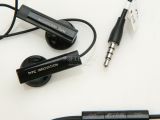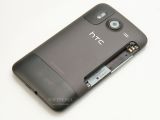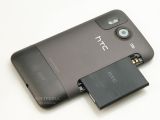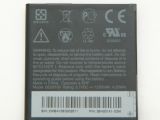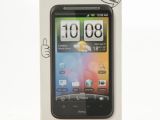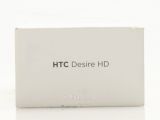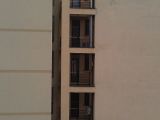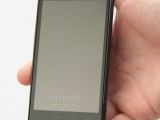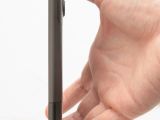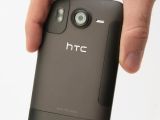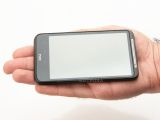HTC sets new standards with the Desire HD, which was at the time of launch one of the first Android smartphones to feature such a large 4.3-inch touchscreen display.
Even though several months have passed since it has been introduced on the market, the HTC Desire HD smartphone is still on top of the food chain.
The phone's hardware configuration was cloned and embedded into other popular HTC models such as the Inspire 4G and Thunderbolt. This doesn't come as a surprise, as the Taiwanese handset manufacturer is well known for doing copycats of its most successful products.
The Desire HD is a huge beast. But a gentle one, now that the 'ferocious' HTC EVO 3D is in the pipeline. Even though it comes with a wide range of features that could meet even the most demanding Android user, the Desire HD has its downsides that we will be discussing here.
HTC Desire HD was introduced in September 2010 and hit the shelves one month later. The phone is available in two color schemes: Black and Brown. The unlocked version of HTC Desire HD can be purchased for around 630USD, but the price may vary depending on your location.
style="color: #aa3333">Design
Desire HD is HTC's first try on a different approach when it comes to designing its high-end smartphones. The manufacturer tried to infuse the device with a minimalistic look, by removing any kind of external buttons and replacing them with touch keys.
Additionally, the phone seems to be made from one piece thanks to the anodized aluminum case, which cannot be removed. The concept was 'borrowed' from Nokia's N8. The same goes for the alloy preferred.
However, HTC made it possible for the users to pull out the battery by a adding a small lid on the right part of the case.It is worth mentioning that the phone will power off when the battery cover is pulled out, which makes sense taking into consideration that the battery doesn't have anything to lock it in place. The bottom part of the case is made of rubberized plastic and covers the SIM and microSD slots. The bad news is that both covers don't seem to fit firmly in their place.
The gaps between the separate parts are unpleasant to say the least, and remove the "unibody feeling". The part that covers the SIM slot, which is hard to open, joggles at the slightest touch.
The very long and thin volume rocker is placed on the left side of the phone, in between the front part and the lid covering the battery.
The power on/off button is placed as usual on the top side of the smartphone. Unfortunately, it's hard to press because it's difficult to reach and doesn't stick out at all.
The phone measures 123 x 68 x 11.8 mm and weighs 164g (battery included), which makes it very hard to fit into a standard pocket. Even though it feels great in hand when it comes to balance, some may consider it too heavy for their taste.On the bottom side, the device features a 3.5mm audio jack and microUSB port, which is also used for charging the battery.
The entire front part of the Desire HD is occupied by the large 4.3-inch touchscreen display. Above the screen there's an unusually long earpiece. The reasons behind its unusual size seem to be more aesthetical and less technical.
The handset lacks any standard buttons. Instead, it comes with four touch sensitive keys placed right under the large display: Home, Context menu, Back and search.
The rear-side 8-megapixel camera protrudes from the phone's body and will always be the most vulnerable spot on the phone's paint finish. The camera does not have any lens protection, so it's very susceptible to scratches, even when the phone is simply carried in the pocket.It looks like the manufacturer has done nothing to protect the phone's casing on the long run, as the sales package doesn't include a carrying pouch that would have least offer a minimum protection for it camera.
Furthermore, HTC also dropped the mechanical shutter for the camera, which makes it harder to take pictures with only the touch key at your disposal.The dual-LED flash placed to the left of the camera makes a nice addition. A very small loudspeaker can be noticed next to the right of the camera.
Overall, the phone looks like a premium device, even with the minor issues explained above. Although the phone is large and hard to handle with only one hand, its unibody ergonomics will give you a more comfortable feeling.
style="color: rgb(255,102,0)">Display and Camera
HTC dropped the AMOLED in favor of an LCD screen, which isn't such a bad thing after all. However, when put against other devices with SuperAMOLED or Retina display technologies the differences are huge and not in Desire HD's favor.
Even though the sensitivity the image quality are above average, you might have some problems when the display is exposed to strong sunlight. Depending on the viewing angle you might not have too many problems, but there's an obvious difference between LCD screens and Super AMOLED ones.
One may think that having an 8-megapixel camera makes this device the perfect candidate to replace a dedicated photo snapper. That couldn't be more wrong. Those who choose the HTC Desire HD for its camera capabilities should think twice, as the device is not among the best in this category.Besides the fact that it doesn't have any lens protection, the camera also lacks a dedicated shutter button. It was replaced with a touch key that is included in the camera's interface. The maximum resolution that can be used to take pictures is 3264 x 2448 pixels.
The interface is pretty advanced with more than plenty settings to be used. In addition to the usual White balance, Saturation, ISO, Contrast and Sharpness adjustments, the interface features a wide range of Effects that can be set before taking pictures.I personally liked the Distortion effect, but other effects can also be used such as: Vignette, Depth of Fields, Vintage, Gray, Sepia, negative, Solarize, Aqua and Posterize.
Because of the lack of the mechanical shutter, the camera does not have the standard autofocus feature. Instead it includes something called continuous focus, which means that you will only need to point and shoot, as the device will automatically focus on the subject.In comparison with the original Desire, the Desire HD takes better pictures. Even though the smartphone does not rank among the best 8-megapixels camera phones on the market, you can take more than decent pictures.
When it comes to video recording, the Desires HD is indeed capable of shooting 720p@25fps HD clips, hence the name.However, the results are unimpressive because of the noise that is evident in every recording. Add to that the fact that videos are saved in 3GP format, which is not really appropriate, and you'll be disappointed by the results.
style="color: rgb(153,204,0)">Menu and Software
HTC Desire HD is one of the first Android smartphones to be delivered with Froyo on board. Along with Desire Z, it is also the first to feature the advanced HTC Sense user interface introduced by the Taiwanese manufacturer last year. It's definitely a big improvement from the old HTC Sense UI that was included with the original Desire. Lots of new features are now available along with a new cloud service accessible through HTC Sense's dedicated website.
Unlike the old UI that had 5 available homescreens, this one has 7. Although you won't be able to add more or delete any of them, you will be able to customize it using the Scene option. Another interesting feature is called Leap and allows you to visualize the thumbnails of all seven homescreens at once, when you tap on the Home touch button or pinch to zoom on the homescreen. The main homescreen feature three buttons at the bottom, from left to right: Drawer, Phone and Personalize. Clicking on the latter will let you personalize your phone to the max. Skins, wallpapers, widgets, shortcuts, ringtones, folders, notifications, alarms and more, can be customize with only one click. The notification bar from the top of the homescreen also shows the last six application used, which allows you to switch between apps faster than you would do directly from the phone's apps list. When it comes to software, the Desire HD has pretty much anything that a standard smartphone user would want: document editor, music and video player, location-based apps, social networking integration, pdf reader, organizer, email and many more.Even though it cannot be compared with the complexity of Microsoft's Office, QuickOffice is a solid enough document editor that allows users to read, edit and creat Word and Excel documents. The usual Adobe Reader lets you read any .PDF file, while the Calendar app acts like a perfect agenda with lots of extra options such as Location, Description, Reminders, Guests and Repetitions. Once you click on the Clock app, you will have quick access to Desk Clock, World Clock, Alarms, Stopwatch and Timer.
HTC Desire HD comes with a DLNA (Digital Living Network Alliance) that can be accessed through the Connected Media application. DLNA allows users to move movies, photos and music from the phone to other multimedia device. Basically, you'll be able to access content from the Desire HD on your TV or play the music from the phone through your Hi-Fi. A flashlight app is always welcomed, especially for a phone with dual-LED. You can find it in the main menu as Flashlight (pretty obvious). It will let you adjust the brightness level of the light.With Friend Stream you'll have all the social elements you have stored for your contacts (Twitter and Facebook feeds) and displays them all in one place, lifestream-style. This seems to be the main social aggregator of the UI.
Other apps worth mentioning is the News and Weather, Place, Quick Lookup, eBook Reader, Stocks, SoundHound, VoiceRecorder, VoiceSearch, Weather and YouTube. The layout of the menu is the standard icon grid, but can be change into a list icon layout.style="color: rgb(153,51,102)">Communication
HTC Desire HD boasts all possible connectivity tools that should be included in a high-end device: GPRS and EDGE class 32, HSDPA 14.4 Mbps and HSUPA 5.76 Mbps, Wi-Fi 802.11 b/g/n, Bluetooth 2.1 with A2DP, microUSB 2.0.
The integrated browser WebKit does a good job and allows users to take advantage of the multi-touch gestures to quickly zoom in/out. The browsing experience is one of the best embedded into a smartphone, including support for Flash. It supports double tap zooming and text reflow, which make it extremely easy to read even longer texts on the phone display. The smartphone is compatible with all email clients and protocols (POP3, IMAP) and can be synchronized with Microsoft Exchange. The device is also compatible with SMS, EMS, and MMS text features. Instant-messaging options include Google Talk, but other IMs can also be installed.The interface is pretty straightforward and user-friendly. The Wi-Fi 802.11 b/g/n connectivity is another option that will surely reduce costs for those that are heavily using Internet browsing or data transfers.
The built-in GPS receiver and digital compass work together with the Google Maps, TomTom Route 66, as well as Locations, HTC's own location-based application. HTC Locations lets you download maps for free, which can be accessed even offline. Unlike Google Maps, Locations can also calculate routes offline.
The Desire HD is a quad-band GSM (850 / 900 / 1800 / 1900) handset that is also compatible with HSDPA 900/2100 networks. The in-call sound quality is more than decent, which is quite a wonder for HTC. The GSM signal is also good, but avoid keeping the gadget set on the 3G band, as it will drain your battery.style="color: #aa3333">Processor and Memory
The HTC Desire HD is powered by a Qualcomm Snapdragon QSD8255 1GHz processor, which makes it very fast compared to the original Desire which embeds an older family QSD8250 Snapdragon CPU. It's understandable though, as Desire HD's CPU is based on the 45nm technology, while the original Desire's processor was manufactured using the 65nm process.
The smartphone embeds 768 MB RAM and 1.5 GB of internal memory. The storage space can be expanded up to 32GB through the microSD slot card that has been placed under the small lid on the back. The sales package also contains an 8GB microSD card.style="color: rgb(255,102,0)">Multimedia
The Desire HD features an MP3 player that can also be used as a widget directly from any of the seven homescreens. Compared to the old music player this one features visualization effects and equalizers, although the latter is accessible only when headpones are inserted. In addition, HTC also included two new technologies meant to improve and boost the audio quality: Dolby mobile and SRS enhancement.
The music player supports a wide range of audio files, including MP3, eAAC+ and WAV. Even though the music sounds above average when the phone is connected to an external amplifier, it goes down pretty fast when you plug in any kind of headphone. The same goes for the loudspeaker sound, which is almost annoying.The video player is quite basic but it recognizes and plays DivX/XviD files. However, the player does not support subtitles, in case you're wondering.
style="color: rgb(153,204,0)">Battery
The smartphone includes a small 1230 mAh Li-Ion, which has an officially stated life expectancy of up to 490 hours in standby (420 hours for 3G) and 9 hours in talk-time mode (5 hours and 30 minutes for 3G). Our test unit barely made it for about 24 hours, but it was heavily used. During the tests, I noticed that you can prolong battery life if you disable the live connection for all widgets that need to be updated regularly, and the emails. However, I would also like to point out that HTC could have delivered the phone with a much bigger capacity battery. As it is, the battery autonomy is very poor on the charts.
style="color: rgb(153,51,102)">Impressions
Without taking into consideration the small issues with the phone's build finishes, the Desire HD has almost a stellar design. If not for the pieces of plastic and that cover different part of the device, this would have been a 10 out of 10. However, there's another problem that makes the phone less appealing than its big size, and that's the crappy battery. If you can get past this, HTC Desire HD is powerful Android smartphone that offers great functionality.
The Good
The Bad
style="color: #aa3333">Sales Package
HTC Desire HD handset 1230 mAh Li-Ion battery AC travel charger USB data cable Stereo Headset User manual
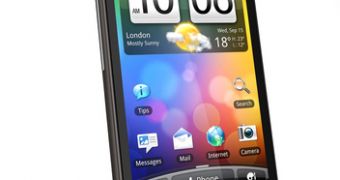
 14 DAY TRIAL //
14 DAY TRIAL // 
